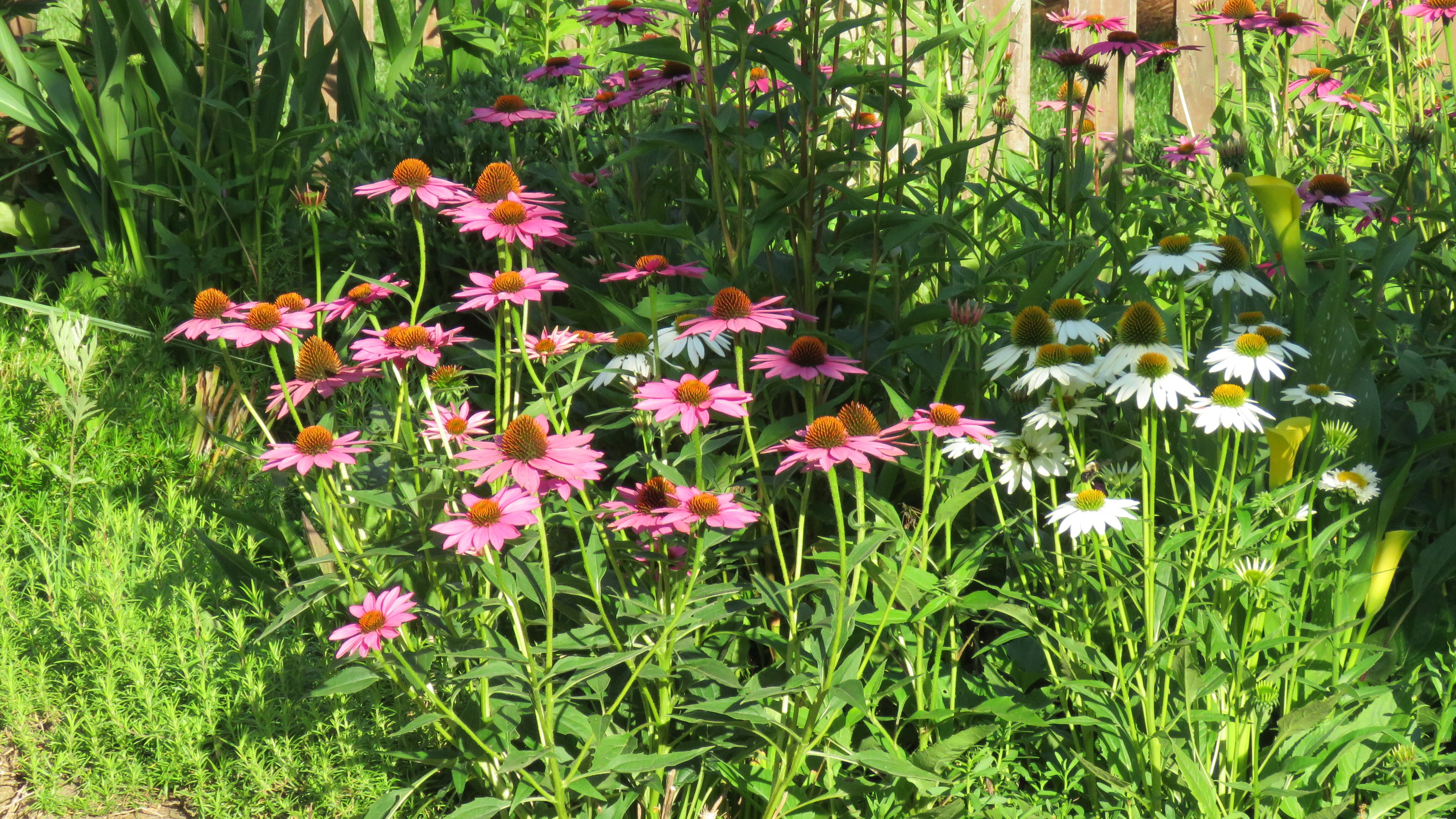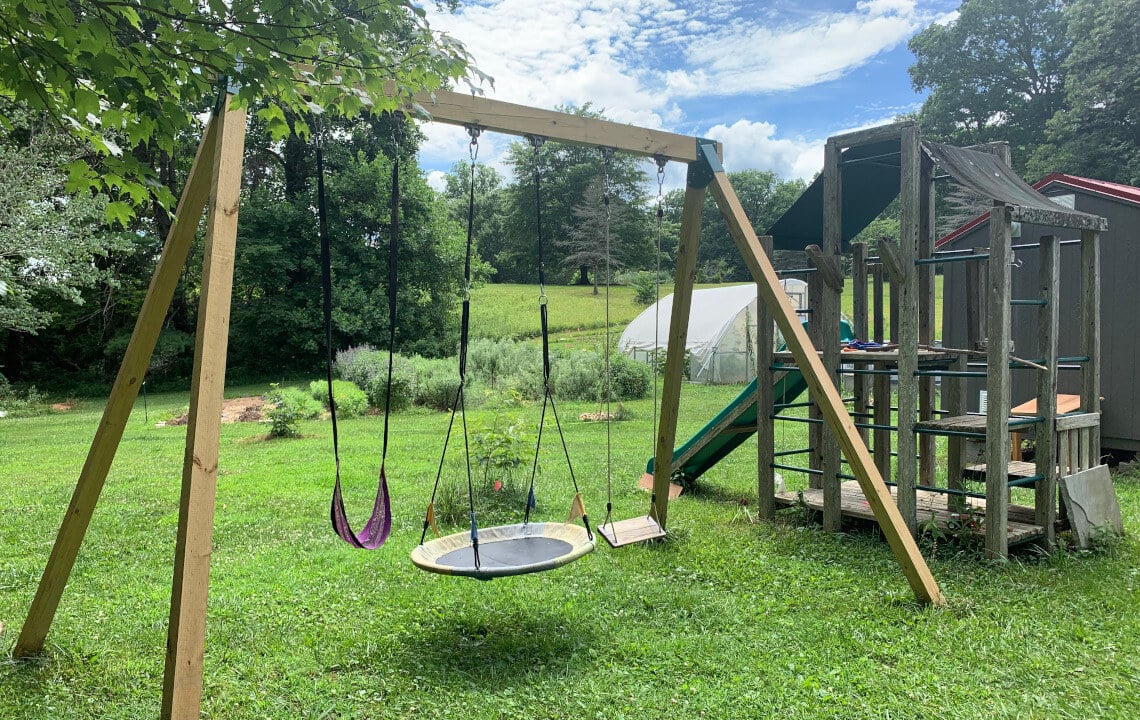Fall is the perfect time to plant perennials. Expert gardener L. Woodrow Ross shares his advice and tips on choosing money-saving and functional perennials to beautify and diversify your rural land.
Every year, we encounter rising prices for functional and beautiful plants. Sticker shock is more real than ever! Here are some ways to use perennial plants to offset that rise in expense and still achieve results that will be the envy of your rural neighborhood.
What is a Perennial Plant?
A “perennial” is something that lasts more than one season.
If we consider the economics of gardening, perennials make a lot of sense.
Planting and cultivating annuals requires similar efforts. There is the effort of preparing the soil, planting the item, fertilization, watering and additional care. If we consider the expenditure of money and effort, perennials are the winners, “hands down.”
A Case Study for Illustration
My wife and I moved into an established home about ten years ago. The home was a nice ten-year-old residence with basic trees and shrubs. There were no flowering plants, and the shrubs were in severe need of pruning and care.
Fast-forward ten years, and we have installed a nice vegetable garden and flowering perennials and pruned and shaped the shrubs and trees.
Note: When pruning larger shrubs or trees, it is vital not to leave stubs of limbs but to cut flush with the main truck to avoid rot or damage to the tree. Cutting flush also allows proper healing of trees and shrubs. Learn more in: Everything You Need To Know About Tree, Bush and Vine Pruning.
The installation of a large perennial flower bed, a number of strategically placed Hydrangeas, lilac shrubs, crepe myrtles and additional trees has transformed the property into a pleasant, inviting landscape, and we only had to plant once.
Our once hot, open backyard is now a shady retreat that is a pleasure to enjoy from our screen porch.

Examples of Some of the Best Perennials for Southeastern Rural Landscapes
If you have room, Hydrangeas are lovely plants that will provide a rash of blooms for an extended period of time. These are available in a variety of colors with different bloom characteristics.
Keep in mind that they will grow to be large, and this must be factored into where you choose to plant them. They require little fertilization, some minor removal of dead limbs and some minor pruning to maintain a nice appearance.
If you have room for large perennials, crepe myrtle is available in several colors and will provide shade, color in the mid- to late-summer and variety to any landscape. As it grows rapidly, it will require pruning to maintain a good shape.

Knockout roses are fast-growing, provide color, cut flowers and are available in several colors. Abundant blooms enhance spring and early summer. These plants are hardy and require little attention. They grow fast and should be pruned back in the fall.
We have some near a window in the back of the house, and sometimes, they require mid-season pruning to maintain a satisfactory height without blocking the view.
If you have room for a large flower bed, there are many perennials that will provide a variety of colors and keep you supplied with cut flowers for inside use. Some of these are:
- Coneflowers (Echinacea): These flowers can thrive in full sun and are available in many colors. Their flowers can also be harvested and used as medicine such as Echinacea tea.
- Salvia: Full sun.
- Peonies: Beautiful, fragrant blooms that do well in partial shade. Wonderful cut flowers for inside enjoyment.
- Dahlias: Full sun flowers that will bloom all summer long. Larger varieties may require staking to remain upright.
- Black-eyed Susans: Hardy flowers that are a favorite, requiring minimal attention. They typically last throughout the hottest days of summer.
- Shasta Daisies: Brilliant white blooms are a great border plant or enhancement to any flower bed.
- Daylilies: Due to the size, these attractive plants may be used alone in accent areas.
- Daffodils: A beautiful addition to any flower bed due to fragrance and early spring blooming.
- Tulips: Another early bloomer, tulips do not have the fragrance of daffodils but are a beautiful addition to any flower bed, or it can be planted in mass for a splendid visual effect.
- Gerbera Daisies (considered perennials in warmer climates but annuals in colder climates): These attractive flowers are breathtaking and available in many bold colors.

There is an almost limitless variety of perennials that will provide color, shade, cut flowers and eye appeal to your landscape.
In addition, you will reap the time and cost savings from choosing plants that survive and bloom again each season.
With proper attention, such as weeding, watering and fertilization, your property will be the envy of your neighbors.
As I tell my wife, one of the best gardening tools is your hands. As I walk about the yard and enjoy the beauty of the flowers, I constantly pluck stray weeds from the beds, but that's a small price to pay!
Happy gardening!



.jpg)




















